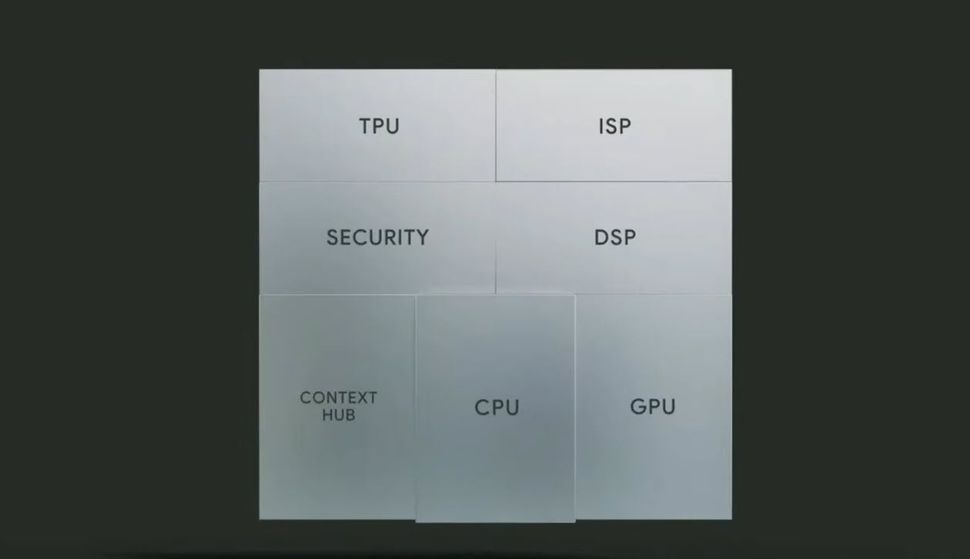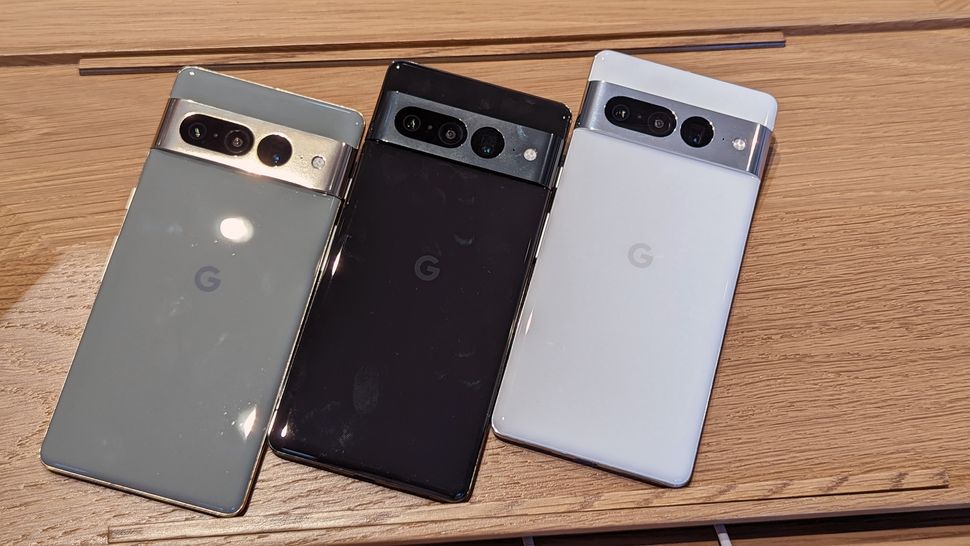Google introduced its first custom chipset with the Pixel 6 series, and it has fared well. The Tensor chip was built in collaboration with Samsung, and it delivered excellent performance and facilitated AI and ML use cases that are becoming the differentiator for Pixel phones. Google is back at it this year with the Pixel 7 and 7 Pro, debuting the Tensor G2.
The Tensor G2 is an evolution of what we got last year, with Google retaining the fundamentals while adding a custom AI module and imaging engine that allow the Pixel 7 and 7 Pro to take fabulous photos. Google is debuting a lot of features unique to the Pixels that leverage machine learning, building on what it rolled out last year.
Amazon sale: Prime Early Access deals live roundup
There is a lot to talk about here, so let's get started with what you're getting with the Tensor G2 in the Pixel 7 and 7 Pro.
Google Tensor G2: How does it measure up to its rivals?
While MediaTek and Qualcomm switched to a 4nm node this year, Google is continuing with the same 5nm node that was used last year for the Tensor. Google doesn't state the foundry that's being used, but given the search giant's close partnership with Samsung, it's a given that it went with Samsung LSI's 5LPE node.
The core configuration is largely unchanged as well; Google's rivals are using Arm's latest cores based on the v9 architecture — including the Cortex X2, A710, and A510 — while the Tensor G2 retains the same Cortex X1 and A55 cores as last year, switching out the A76 for the A78.
On the GPU side of things, Google is using the Mali-G710 in lieu of the older G78, and it is offering a seven-core part this time around. The G78 in the Pixel 6 and 6 Pro came with 20 cores, but the fewer cores shouldn't make much of a difference as the G710 is built on a new architecture.
Machine learning is a key tenet of the Tensor G2, with Google introducing a new Tensor Processing Unit that is touted to deliver 60% gains for select ML tasks.
Here's a high-level overview of what you're getting with the Tensor G2, and how it holds up against the best that the industry has to offer:
| Category | Google Tensor G2 | Google Tensor | Snapdragon 8+ Gen 1 | Apple A16 Bionic |
|---|
| CPU | 2 x 2.85GHz Cortex X1, 2 x 2.35GHz Cortex A78, 4 x 1.80GHz Cortex A55 | 2 x 2.80GHz Cortex X1, 2 x 2.25GHz Cortex A76, 4 x 1.80GHz Cortex A55 | 1 x 3.20GHz Cortex X2, 3 x 2.70GHz Cortex A710, 4 x 2.0GHz Cortex A510 | 2 x 3.46GHz Everest, 4 x 2.02GHz Sawtoot |
| GPU | Mali-G710 MP7 | Mali-G78 MP20 | Adreno 730 | Apple 5-core |
| Modem | 5G Sub-6 and mmWave 5G | Sub-6 and mmWave 5G | Snapdragon X65, Sub-6 and mmWave 5G | Sub-6 and mmWave 5G |
| Memory | LPDDR5, 4MB L3 cache | LPDDR5, 4MB L3 cache | 3200MHz LPDDR5, 4MB L3 cache | LPDDR5, 24MB system cache |
| Media Decode | H.265, H.264, AV1, VP9 | H.265, H.264, AV1, VP9 | 10-bit H.265, H.264, AV1, VP9 | H.265, H.264, VP9 |
| NPU | Next-gen Tensor Processing Unit | Tensor Processing Unit | Hexagon | 16-core Neural Engine |
| Process | Samsung LSI 5nm | Samsung LSI 5nm | TSMC 4nm | TSMC 4nm |
Google isn't playing the numbers game
Going with older cores puts Google at a disadvantage as the Tensor G2 isn't able to leverage the efficiency gains on offer with the Arm v9 architecture and the node shift to 4nm, and that limits the performance headroom. It isn't going to be on par with the best Android phones for sheer power, but that's not the point here.
When you look at what's on offer with the Tensor G2, it's clear that Google's intention isn't to deliver class-leading performance; the search giant is instead focusing on offering unique features driven by machine learning.
And there is a lot to like in that area. Pixel Call Assist is a new feature that relies on AI to automatically surface the available options when calling a business so you won't have to listen to the voice recording. In a similar vein, Clear Calling uses machine learning to eliminate ambient noise.
The Tensor G2 powers a suite of camera features, including new Night Sight algorithms that deliver outstanding photos in little to no lighting conditions. There's a new Guided Frame tool that lets users with vision disabilities take selfies, a Photo Unblur feature that fixes blurry photos, changes to Real Tone, 10-bit HDR videos, and so much more.
There are other useful additions; the Pixel 7 Pro comes with a 48MP telephoto lens with 5x optical zoom, and Google is offering Zoom Stabilization at 15x and above that leads to smoother videos when zoomed in. The benefits of the Tensor G2 extend here as well, with Google introducing a new upscaling mode that activates at 20x and above, offering higher resolution and more detailed photos.
With the Tensor G2, Google is turning to machine learning and AI as a differentiator, and that gives the Pixel 7 and 7 Pro a distinct advantage against their rivals.
Now, it would have been better for the entire Android ecosystem if Google found a way to bake these additions into Android itself so that devices powered by Qualcomm and MediaTek can also leverage these gains, but that isn't the case. While the Tensor G2 isn't as efficient as the Snapdragon 8+ Gen 1, the features that Google is enabling with the chipset offset any hardware shortcomings.



